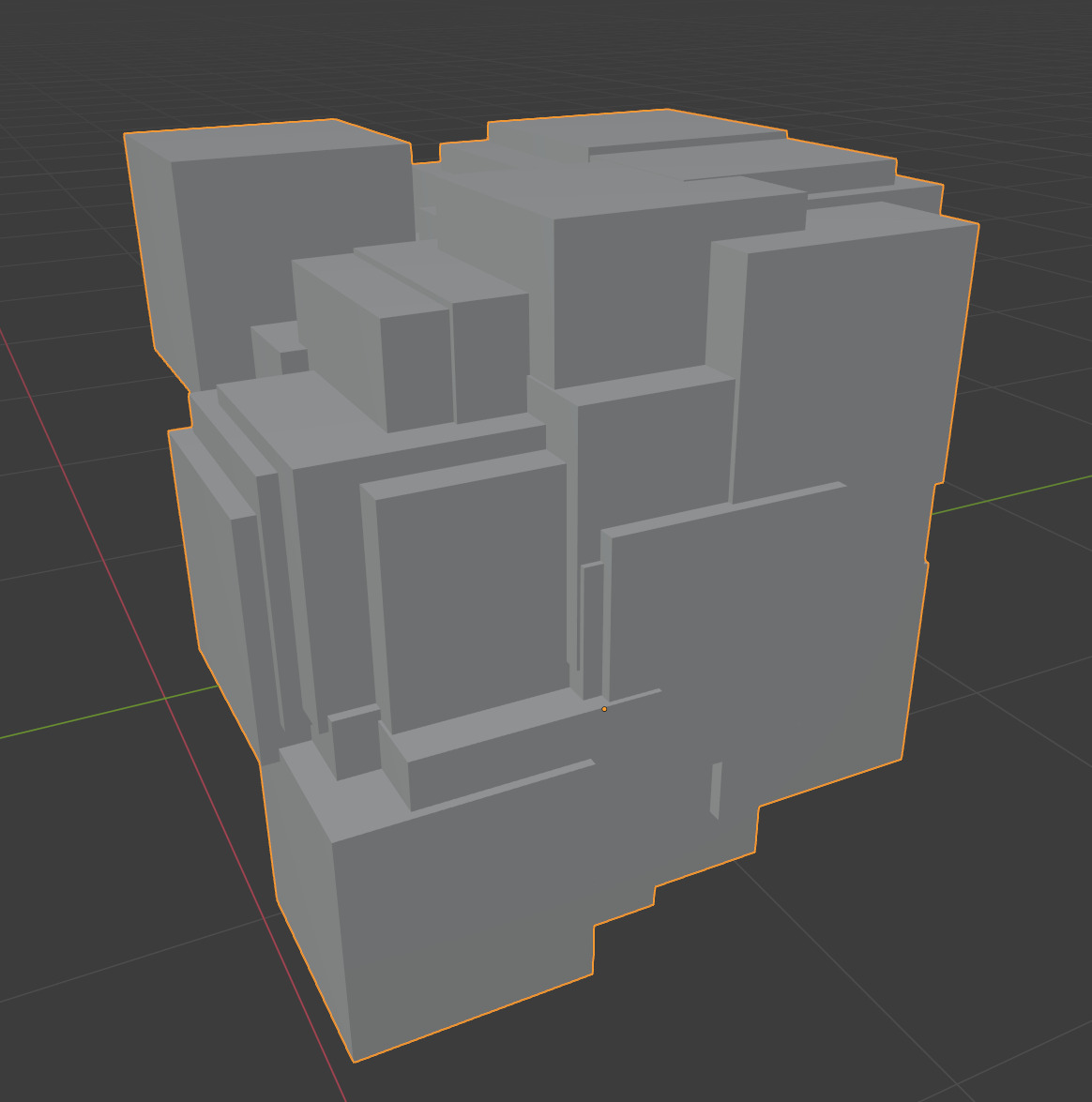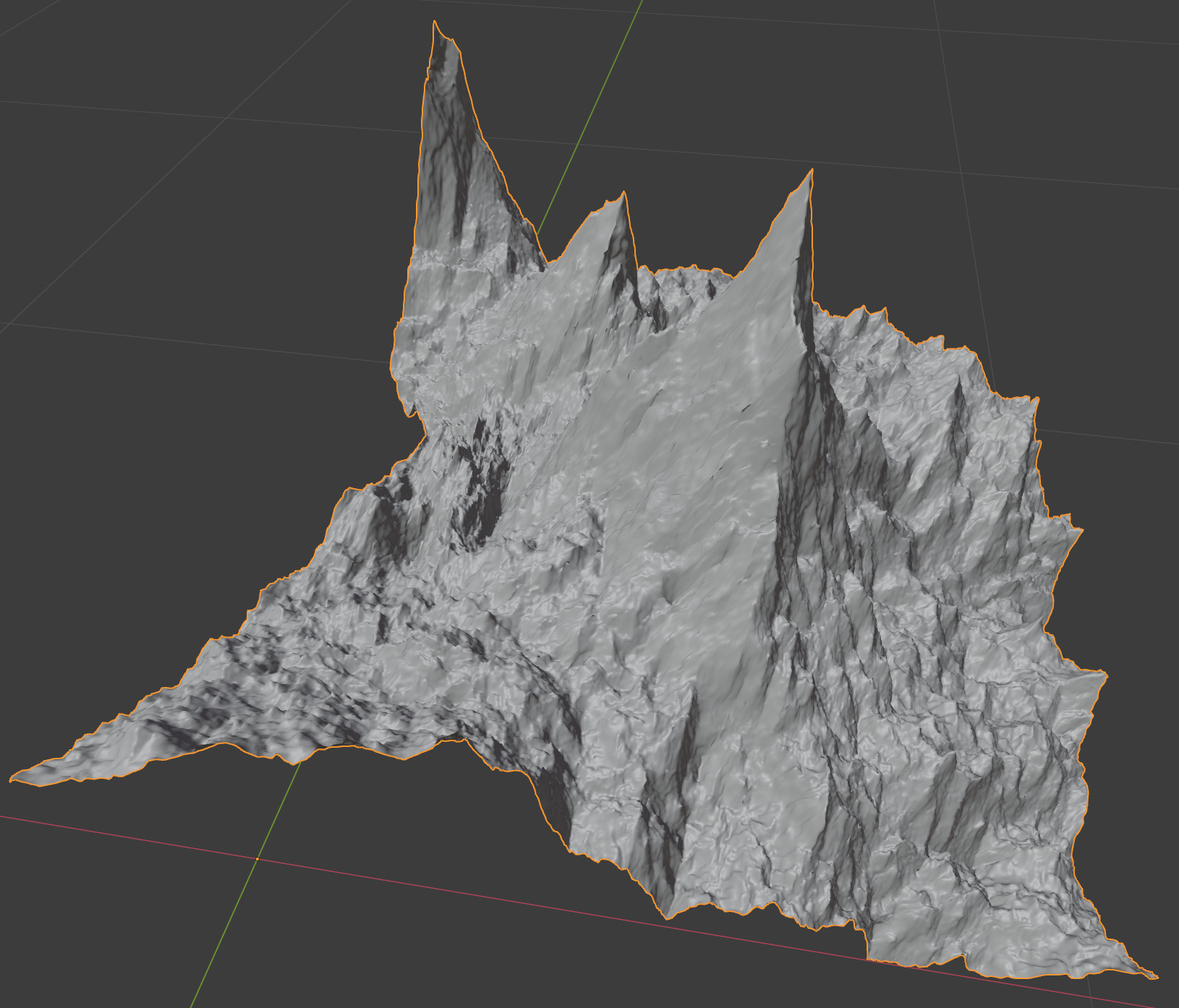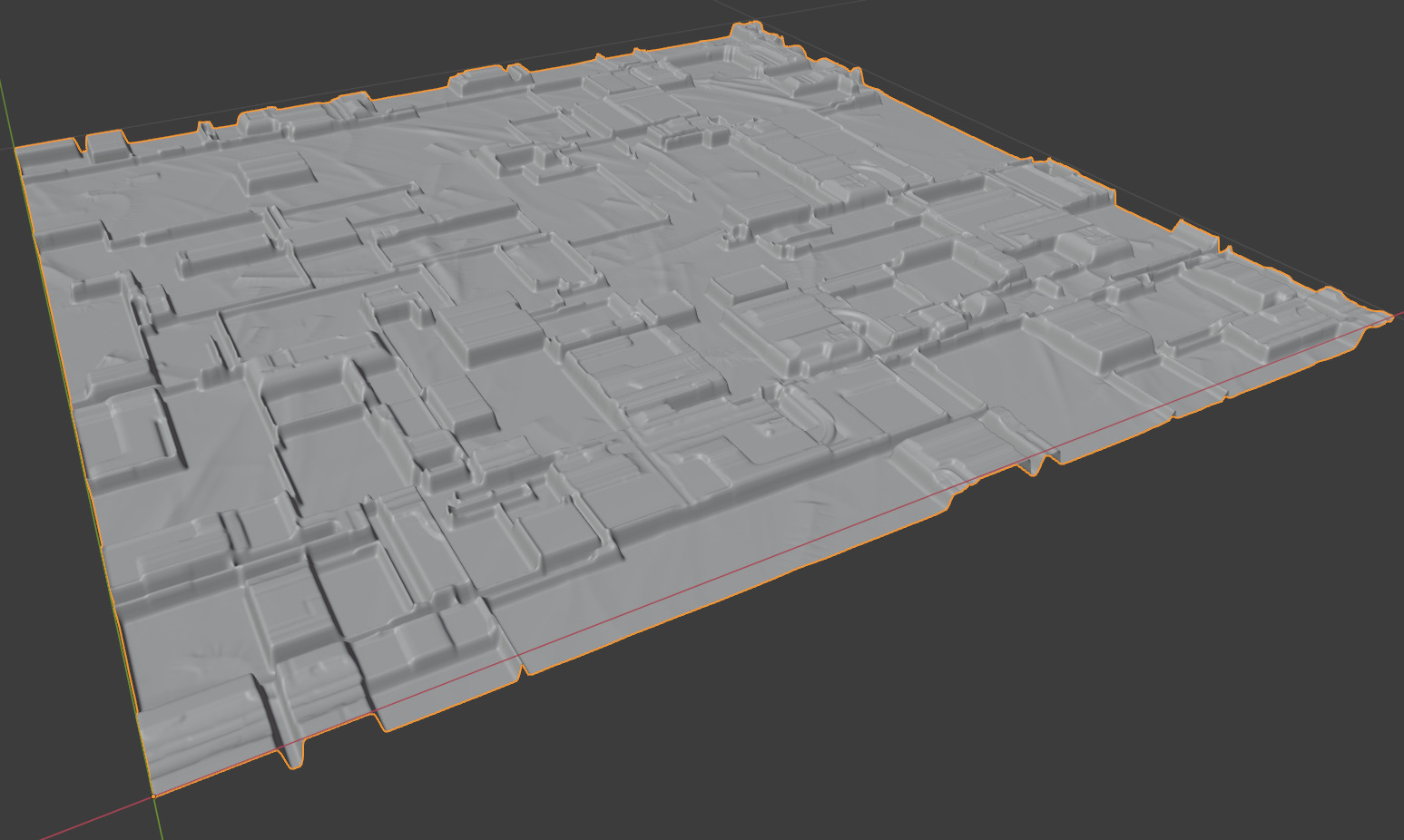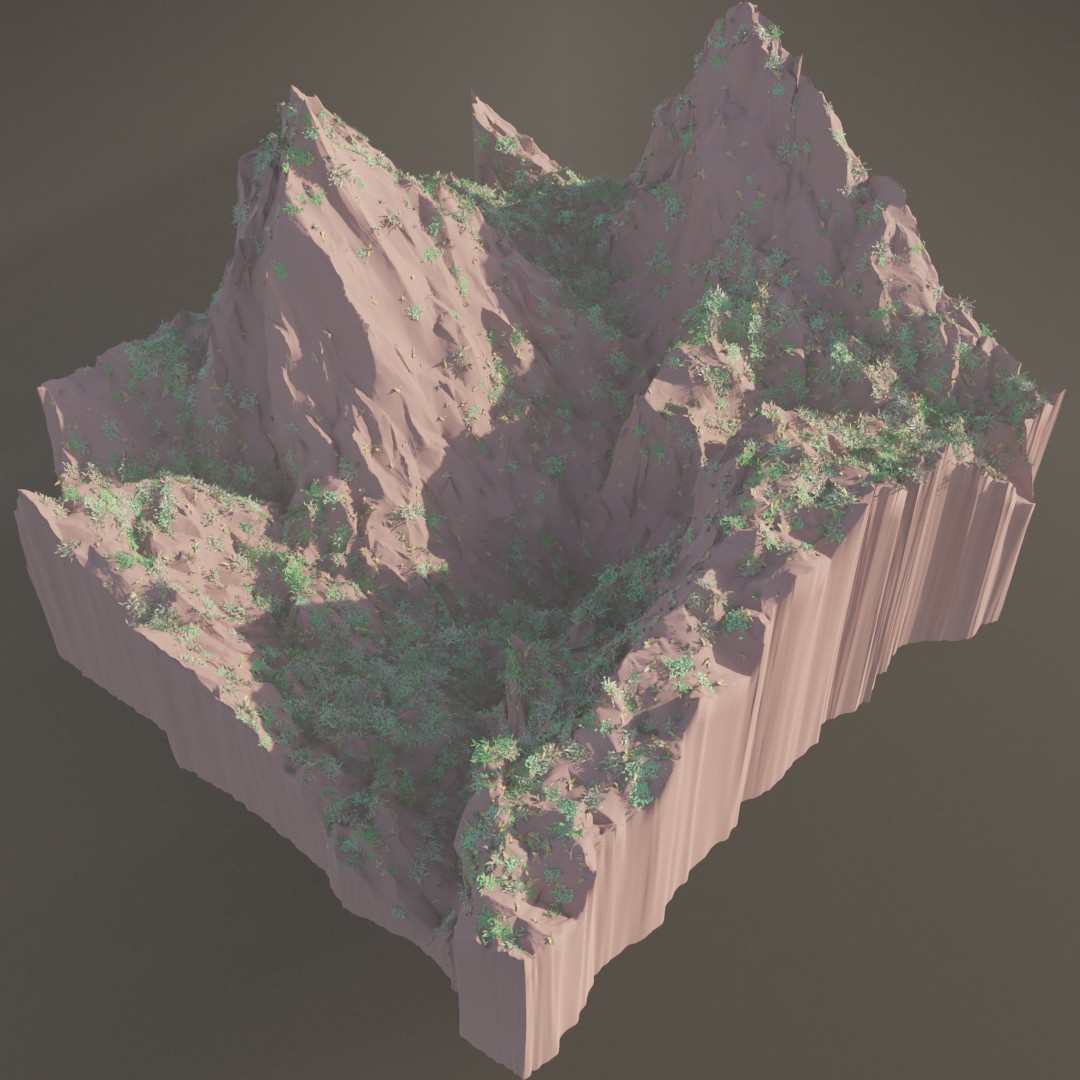Library for high-level graphics programming (e.g. procedural modelling), focused on 3D mesh processing. The main ideas are to:
- provide an API that enables using blender python API without excessive amount of repeatable code
- wrap blender operators into functions so that context set-up is not necessary every time when they are called
- add some new, generic, convenient mesh processing utilities
- introduce new conventions of developing algorithms using blender API with few lines of clean code. See code examples below.
This API doesn't serve as a complete replacement for blender API, it is often necessary to use raw blender API along with blendwr.
Tested with blender 2.93.2.
This is an initial version, and you can expect some changes in the future that won't be backward-compatible.
A required python package is numpy. opencv-python is an optional requirement
(e.g. for displace_with_image.py example). Keep in mind that depending on how blender
is compiled, it may either use system or shipped python executable (and therefore package install paths). You can check
python path used by blender in a following way:
blender --background --python <( echo "import sys;print(sys.executable)" )This section only describes a recommended (not required) approach.
A straightforward approach is to develop standalone python scripts, and run them in a following way:
blender --background --python my_script.py -- $my_script_argumentsProbably more convenient approach is to develop algorithms as addons. This approach enables boh convenient debugging in blender with GUI, and running scripts that use addons in the background:
blender --addons my_addon,some_other_addon --background --python my_script_calling_addons.py -- $my_script_argumentsOn top of that you can easily run your algorithms in dockerized way using these docker images as base.
For now this repository is recommended to be used as a submodule (e.g. git submodule) for blender scripts/addons. Function names and parameters are meant to be self-explainatory for anyone familiar with either raw blender python API or simply with blender software (GUI) usage. For first steps, study examples in sections below.
| scatter_cubes.py | simple_terrain.py | displace_with_image.py |
|---|---|---|
 |
 |
 |
This is the exact algorithm that is used in my Complex Environment Generator:
This algorithm generates a render-ready scene:
This repository is released on the MIT license, so that you have more freedom when using some code fragments without using blender. Note that when you use it together with blender, it likely becomes infected with the GPL license -- this repository won't function as a workaround to avoid the possible infection.
I create complex geometry generators using blender + python. After years of experiments, I think that blender + python can be better than Houdini for procedural modeling that contains a lot of randomization on various steps -- houdini graphical language is simply not suitable for handling diversity of geometry from previous generation steps. To develop complex procedural algorithms it is at least useful to have:
- A convenient mesh processing API
- Full access to python libraries (like numpy and OpenCV)
- Convenient version control (which is not the case in graphical languages)
- Ability to run dockerized version on remote machines for fast feedback after editions
This API attempts to enable an environment where all these advantages are possible at once.
Check out my ArtStation portfolio for all my current and future CG projects. I have decided to make this generic base of my algorithms open-source.
Below are some renderings from my projects based on blendwr (you can read about them in details on my portfolio) that are not currently published.






